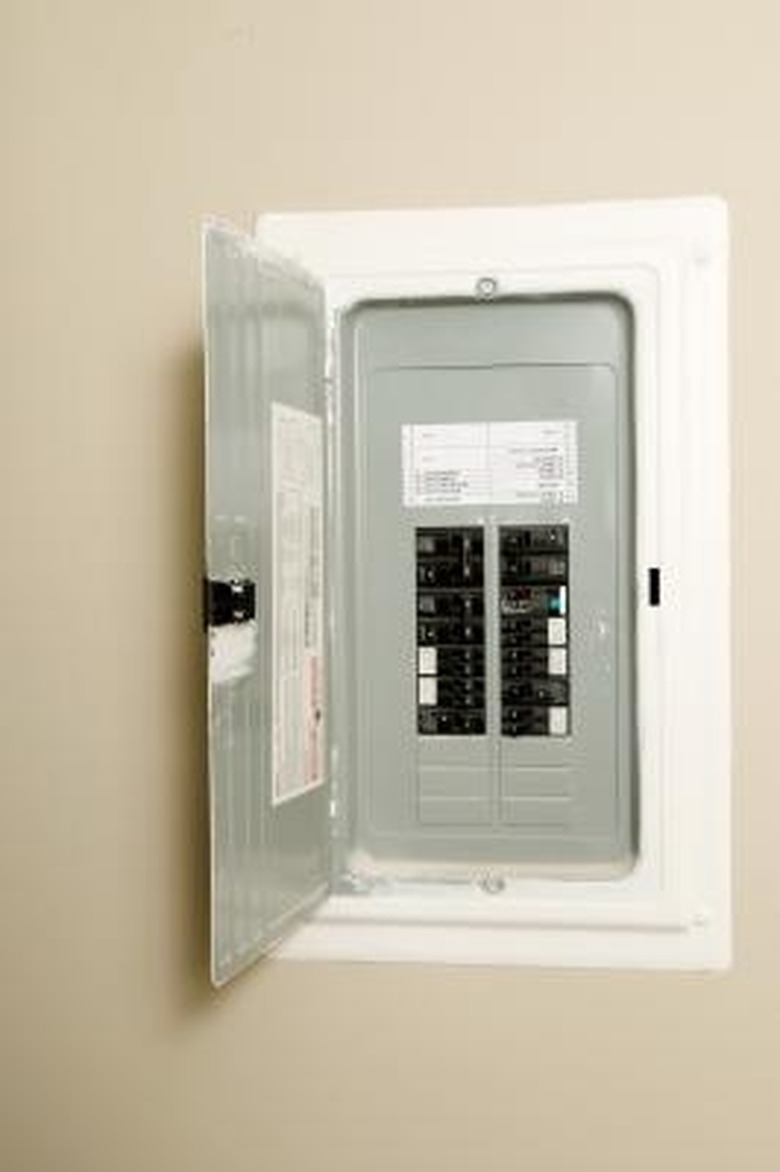How To Calculate An Air Conditioner Circuit Breaker
Things Needed
-
Pen
-
Paper
-
Calculator
Tip
Get a circuit breaker with slightly more amps of electrical output capacity than what your air conditioner requires, just to be on the safe side.
Because air conditioners only advertise the type of voltage and wattage they require, you might run into some confusion when thinking about what kind of strength your circuit breaker should have. Since circuit breakers measure their capacity in amps, you must do a bit of math before coming to a suitable conclusion. Getting an undersized circuit breaker will cause your air conditioner to trip the breaker every time it demands too much current from it.
Step 1
Check your air conditioner's wattage in its specification sheet. Write down the maximum wattage it uses. If it doesn't mention wattage, check the SEER rating of your air conditioner and the cooling BTU number. Make sure you use the input BTU and not the output BTU, if both are listed. Divide the input BTU of your air conditioner by the SEER rating to get the amount of watts it requires, and write that down.
Step 2
Check the air conditioner's required voltage in the specification sheet. If you don't see a voltage requirement, check the plug on the air conditioner. If you see a normal household plug on it with three straight prongs, assume 120 V of power requirement. If you see a plug with two diagonal prongs and one straight prong under it, assume 240 V of power requirement.
Step 3
Divide the wattage number from Step 1 by the voltage number from Step 2. This gives you the amount of amps you need your circuit breaker to resist.
